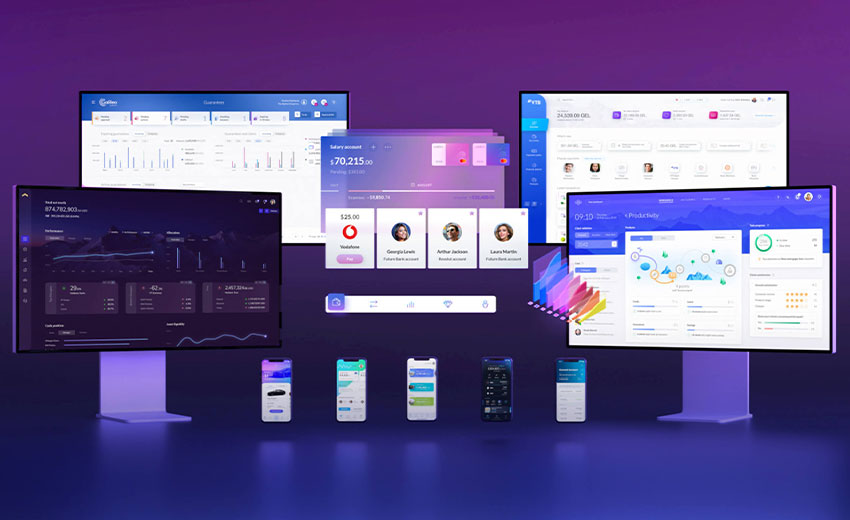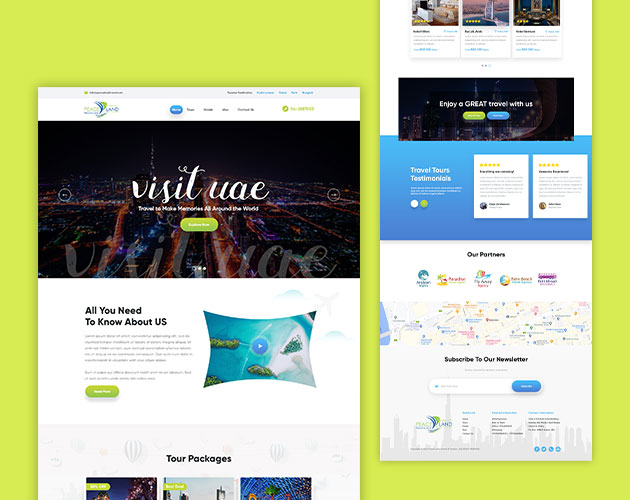
In the ever-evolving digital landscape, staying updated with the latest design trends is essential. It ensures your online presence remains fresh, engaging, and visually appealing. Incorporating cutting-edge digital design trends can strengthen your brand identity and enhance user engagement.
Explore the most exciting and influential design trends shaping the industry. Learn how to integrate them effectively to keep your digital strategy relevant and impactful.
Dark Mode: A Captivating Twist
Dark mode has skyrocketed in popularity over recent years, captivating users with its sleek aesthetic. This design approach features dark color palettes, enhancing visual contrast and minimizing eye strain. Additionally, it improves readability while offering better battery life for OLED devices. Incorporating dark mode into your designs adds sophistication, giving users a modern and unique visual experience.
Neumorphism: Blending Realism and Skeuomorphism
Neumorphism combines elements of skeuomorphism and minimalism, creating designs that mimic physical materials. By using subtle shadows, gradients, and highlights, this trend adds depth and realism to digital interfaces. Furthermore, neumorphism delivers visually rich designs that feel tactile and immersive. Adopting this approach can help your digital presence resonate with users on a deeper level.
Organic Shapes: Embracing Nature’s Influence
Straight lines and rigid geometries are giving way to flowing organic shapes inspired by nature. These irregular forms bring warmth, humanity, and uniqueness to digital interfaces. Moreover, incorporating organic shapes breaks monotony, helping your designs stand out and engage audiences effectively.
3D Design and Illustration: Adding Depth and Interaction
The rise of advanced technologies has made 3D design and illustration more accessible. Integrating three-dimensional elements enhances realism, depth, and interactivity within digital designs. Whether through 3D animations or interactive product displays, this trend creates captivating user experiences. Using 3D design tools ensures your audience remains engaged while enjoying an immersive visual journey.
Microinteractions: Delighting Users at Every Step
Microinteractions are subtle animations or responses triggered by user actions. These small yet impactful features boost usability and engagement, adding an element of delight to the user journey. Examples include button hover effects or smooth animated transitions. Not only do microinteractions add personality to your design, but they also leave a memorable impression on users.
Staying Ahead in Digital Design
Keeping up with trends like dark mode, neumorphism, organic shapes, 3D design, and microinteractions ensures your brand stays relevant and engaging. Thoughtfully incorporating these elements helps you create immersive digital experiences that captivate users. Additionally, aligning trends with your brand identity reinforces consistency and strengthens user loyalty.
Remember, while trends evolve, balancing innovation with timeless design principles is essential. Continuously exploring and experimenting with emerging trends will help your brand stand out in a competitive digital landscape. By doing so, you maintain a strong presence, ensuring lasting success and recognition in the ever-changing design world.







